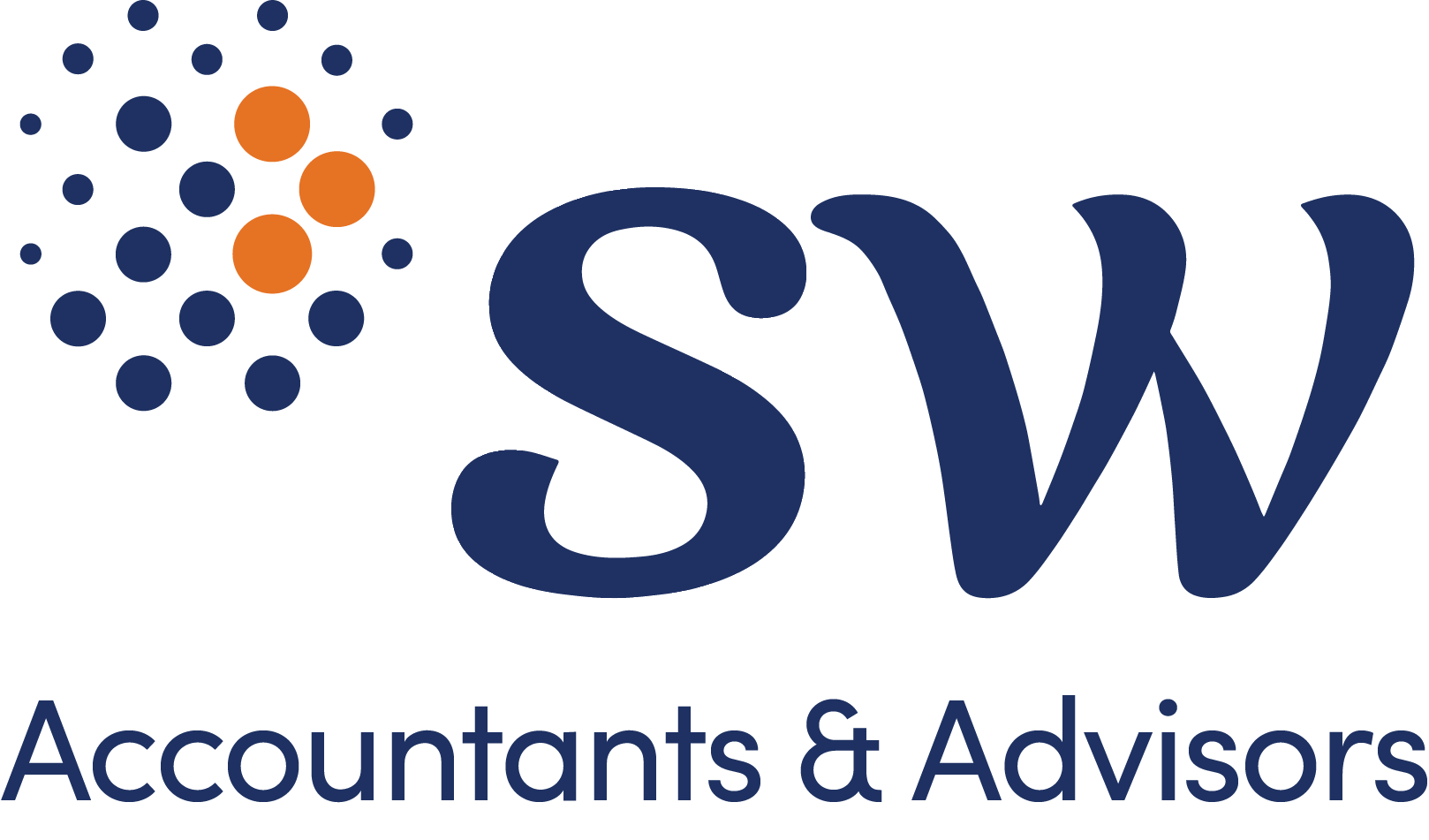
A clear reporting standard with independent audit requirements is needed for commercial rent relief
18/05/2020
The national accounting firm has challenged the JobKeeper metric of using GST turnover as the metric when assessing the impact of COVID-19.
Victoria has subsequently released its Regulations which use the term “turnover” and provide a definition for the term. Victoria’s Regulations do not include a requirement for the landlord to provide rent relief that is “proportionate” to the reduction in the tenant’s turnover, but the landlord must take that into account along with other factors in determining their offer for rent relief.
New South Wales has also released regulations which use the term “turnover” which is not defined, whilst also referring back to the leasing principles in the National Cabinet Mandatory Code of Conduct.
While it may seem a convenient method, according to the Australian Accounting Standards, which is based on a globally accepted financial reporting framework, GST Turnover is not the same as revenue.
It may be that as a result of the tenant’s invoicing cycle it qualifies for JobKeeper, however its revenue may not be impacted to the same degree, or even at all over a six month period.
National Head of Audit for ShineWing Australia, Mr Rami Eltchelebi, says, “Without an adjustment mechanism to rent relief, there is opportunity for misreporting of the impact of COVID-19 that may break down the symbiotic relationship between tenants and landlords at a time when both need each other to thrive.
“It is practical to envisage a tenant preparing a Revenue Statement prepared in accordance with principles of Australian Accounting Standards, setting out forecast and actual revenue that can be used for acquitting the rent relief granted and making any necessary adjustments.”
Mr Eltchelebi said with ShineWing Australia’s expertise in the property sector, it is paramount that a rent relief adjustment mechanism is established, along with standardised reporting with audit requirements, to preserve the intention of The Code and to avoid protracted negotiations and disputes between landlords and tenants.
“Now is a time for landlords and tenants to work together with a practical framework and independent reviews of financial data,” Mr Eltchelebi said.
Mr Daren McDonald, Lead Property Partner at ShineWing Australia states, “High quality and confidence in financial information goes to the essence of sound financial markets. In preparing financial information for users to make decisions, independent assurance is well established as a key element in reporting and establishing confidence.
Mr McDonald said the pre-requisite to satisfy JobKeeper to access The Code and state Regulations means that several commercial issues have not been fully discussed and considered in leasing arrangements as there are clear differences between JobKeeper and The Code.
“The property sector is familiar with audit arrangements for turnover rent calculations, outgoings and promotional funds, where a Registered Company Auditor is engaged to issue an Audit Report on the financial information prepared for tenants and landlords,” Mr McDonald said.
“For example, where an applicant is successful with their JobKeeper application for the month of April 2020, the applicant would automatically qualify for each of the following five months irrespective of the applicant’s actual trading in future months”.
“It is uncommercial to expect two private sector counterparties to be beholden to what is likely a material variation to lease payments without an adjustment mechanism should a tenant’s actual performance differ from its forecast,” said Mr McDonald.
“For both landlords and tenants, standardised reporting of revenue which is audited will make this process easier for both parties to administer the rent relief arrangements,” said Mr Eltchelebi.
